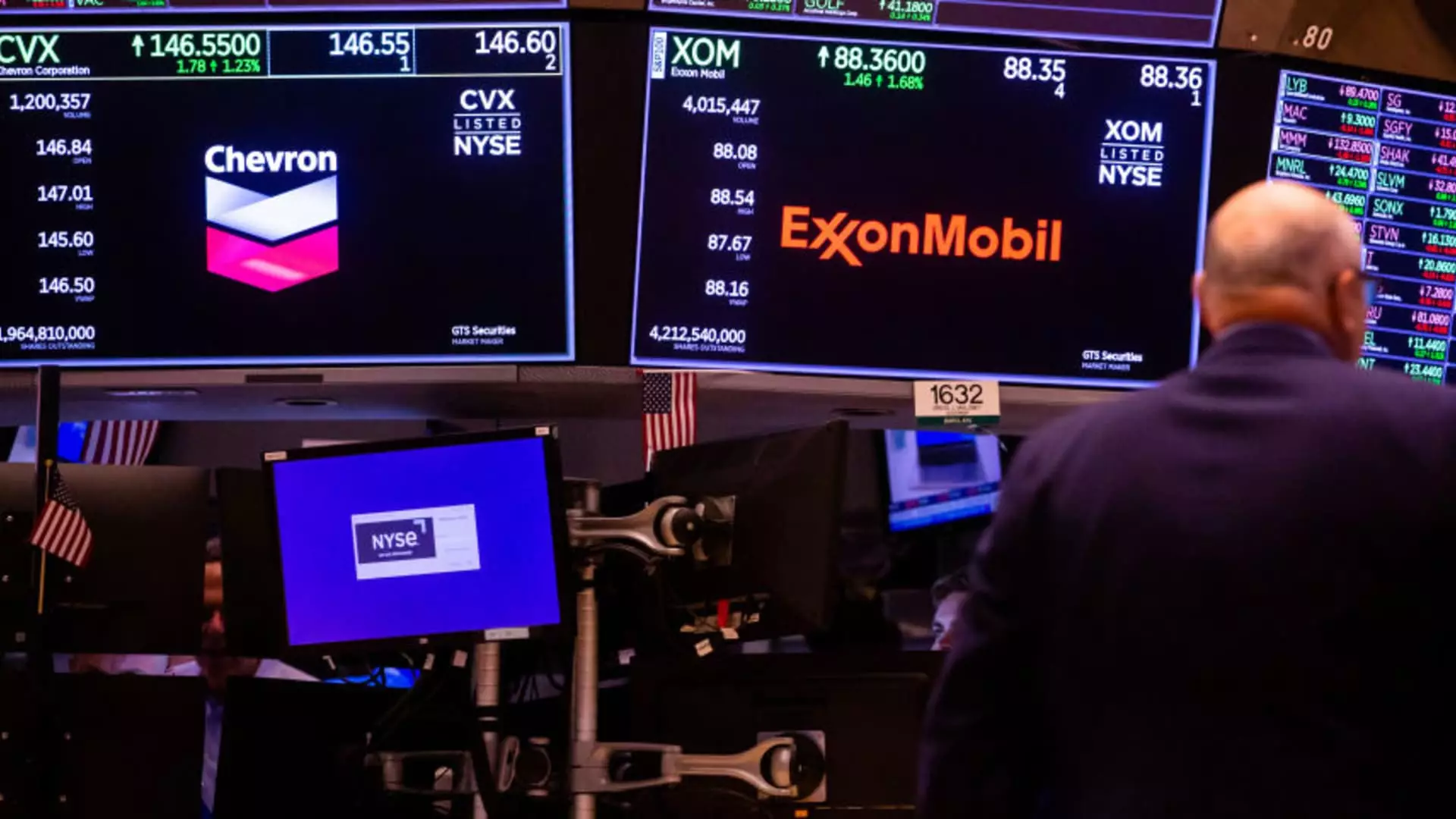As the financial landscape shifts with the Federal Reserve poised to initiate its first interest rate cut in four years, dividend-paying stocks are increasingly capturing the attention of investors. This anticipated policy adjustment is set to enhance the allure of high-dividend stocks, particularly as market uncertainties loom. For investors seeking stable returns and growth, a careful examination of the energy sector and selected technology firms may reveal substantial opportunities.
Understanding the Dividend Advantage in a Rate-Cutting Cycle
In an environment where interest rates are lowered, dividend yields naturally become more attractive relative to other investment options, such as bonds or savings accounts. For investors looking for reliable income streams, dividend stocks with robust financials and attractive yields are a compelling choice. The Federal Reserve’s actions aim to stimulate the economy, but they can also create volatility and unpredictability in the markets. High-dividend stocks can serve as a buffer, offering not just income but also potential for capital appreciation, especially if the broader market sentiment falters due to economic slowdowns.
The energy sector has long been a reliable domain for dividend-focused investors. Well-established companies like Exxon Mobil and ConocoPhillips are frequently spotlighted due to their solid balance sheets and consistent payout histories. Exxon Mobil, with a debt-to-equity ratio of just 16% and a dividend yield of 3.37%, stands out among its peers. Analysts suggest a price target that implies potential upside of over 17%. This reflects the stock’s strong performance relative to other energy players, showcasing its resilience in an often volatile sector.
Notably, Morgan Stanley analyst Devin McDermott points to qualities that make these major energy firms attractive during times of economic uncertainty. He emphasizes their strong balance sheets, which allow for flexibility in responding to changing commodity prices. Such financial strength can often result in sustained dividend payments even when market conditions fluctuate. Additionally, with a low debt burden, these companies are well-positioned to weather economic storms, offering investors peace of mind.
While energy stocks dominate the dividend narrative, it’s essential not to overlook opportunities in other sectors. Companies outside of traditional energy, such as Hewlett Packard Enterprise, present solid prospects as well. With an approximately 3% dividend yield and analysts predicting over 20% potential upside in the coming year, this tech firm is an attractive option for investors diversifying their portfolios. The recent upgrade by Bank of America highlights its compelling valuation and potential for continued growth, proving that investors can find lucrative opportunities beyond the energy sector.
Moreover, the list of high-dividend stocks is bolstered by companies like Devon Energy, which boasts a dividend yield of 5.05%. However, it’s worth noting that despite this attractive yield, the stock has underperformed year-to-date. Analysts highlight operational challenges and timing issues that have hampered its performance. This underscores the importance of examining not only dividend yields but also the underlying business consistency and strategic execution when considering stock investments.
Final Recommendations for Dividend Investors
As investors navigate this evolving economic landscape, focusing on high-dividend stocks with strong fundamentals can yield favorable outcomes. Companies like Exxon Mobil and ConocoPhillips present a stable foundation backed by resilient business models and significant upside potential. Simultaneously, exploring sectors beyond energy, particularly technology, can offer diversification and growth avenues.
Before deciding on investments, it’s crucial to analyze the debt-to-equity ratio and overall financial health of these companies. The combination of attractive dividend yields and robust operational capabilities can serve as dual hedges against economic instability—making dividend stocks a compelling proposition as the rate-cutting cycle unfolds. Understanding the intrinsic value of these investments will empower investors to make informed decisions that align with their long-term financial goals.

